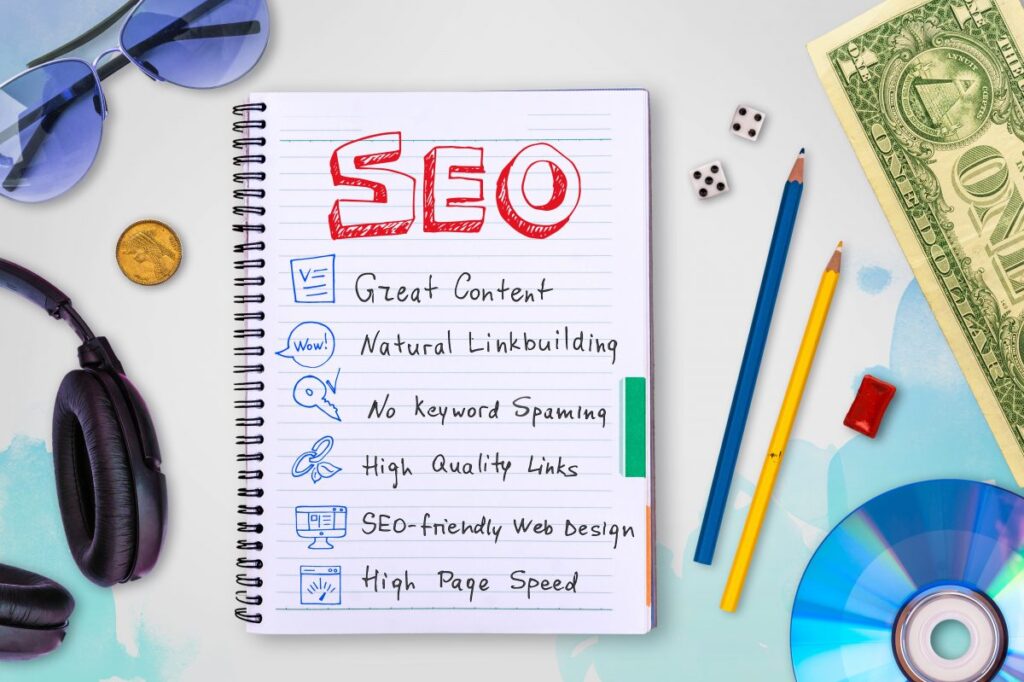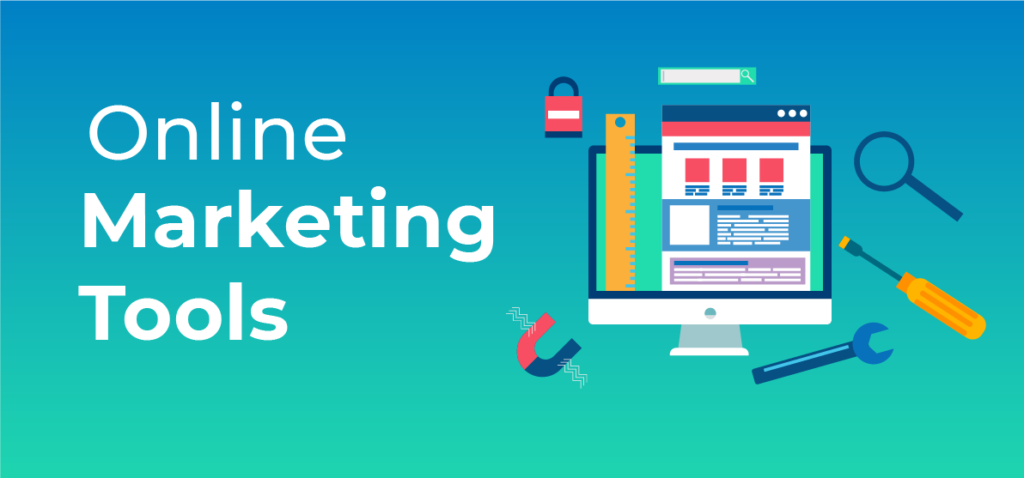Gone are the days when AI was just a niche interest for a few. It’s now a staple in our everyday lives, and it’s changing the way we do business.
As AI continues to evolve and become more advanced, so does its impact on marketing and advertising. In the coming years, you can expect to see some major trends in AI-powered marketing take center stage. These trends range from chatbot creation and predictive analysis to improved automation and more.
Below, we discuss some of the most exciting AI marketing trends to keep an eye on in 2024 and how they can change your business.
5 Top AI Marketing Trends
AI is expected to impact every aspect of marketing, from content creation to customer engagement. Digital marketing analysts on Quora believe that notable updates in the space will be personalized content, predictive analysis, virtual assistants, automated advertising, and voice search optimization — all automated or driven by AI.
Here are some AI marketing trends that might shape this shift.
- Use of AI-Assisted Decision-Making
AI-assisted decision-making has been a growing trend in recent years and is projected to continue evolving in the coming years. The main reason this trend is flourishing is AI’s ability to interpret data at superhuman speeds.
When used in combination with human acumen, AI further enhances human capabilities. According to an analysis by Harvard Business School social scientists, GPT-4 impacted the daily performance of employees at a global management consulting firm.
Harvard Business School study results
Consultants who used AI completed 12.2% more tasks compared to their non-AI-using counterparts. They also finished tasks 25.1% quicker. More importantly, their work was 40% higher in quality than of their colleagues who did not use AI.
Besides speeding up decision-making, AI also mitigates judgment errors. Suppose you’re facing a marketing problem. You might be inclined towards selecting a solution you’ve already used in the past instead of opting for one that generates optimal results.
AI is free from such biases. So it can analyze data objectively and suggest a more effective solution. Since AI models are free of cognitive biases, they base their decisions on data rather than feelings, assumptions, emotions, or personal preferences.
That’s why AI is now even being used by global institutions like the World Health Organization (WHO) for intelligent decision-making. Businesses can surely follow suit.
Tweet about AI use by WHO
However, AI isn’t meant to replace human decision-making altogether. Instead, it helps augment human intelligence and judgment with data-informed insights. Experts in the space are confident that AI will allow ‘’even small businesses to expedite the research process’’ to make more efficient decisions.
- Topical Gen AI to Drive Customer Journeys
Topical generative AI is a subfield of AI in which systems are designed to create content in a specific area. A topical gen AI may be trained solely on sport-related data or a tech-related data set.
Marketing teams can use these systems for writing copies, creating ads, and curating email campaigns. A good example here is OpenAI’s custom GPTs. These are customized versions of the handy ChatGPT but for specific purposes.
OpenAI’s custom GPTs
Source
Marketers are already using these GPTs to save time. For example, Sacha Walton, a marketing expert, stated on X that she saves close to 8 hours per client using the apps she has made with OpenAI’s marketplace. Her collection of GPTs serves marketing, self-publishing, podcast development, and other purposes.
Tweet about using GPTs
Marketers can use GPTs to:
- Build demo experiences for their products and give access to customers to show them how their products will look and work in real-world scenarios.
- Create virtual assistants to help customers explore products and services.
- Create gamified experiences to increase customer engagement and drive conversions.
- Develop personalized content for different customer segments based on their preferences and interests.
For example, Peter Yang, a product development expert and X microcelebrity, uses GPTs for making social media posts and generating marketing images among other use cases.
Tweet about using GPTs for marketing
- Integration of AI with AR and VR
While the combination of the trio isn’t exactly a new concept, the technology used to merge them has advanced rapidly. Gen AI, working with AR and VR, provides a more immersive and personalized shopping experience for customers.
Google also introduced its new shopping feature in 2023. The virtual try-on feature employs Gen AI to showcase products on a wide range of models, with sizes ranging from XXS to 4XL. Customers can see how the product would look in terms of different body types, ethnicities, skin tones, hair styles, etc.
Google’s virtual try on
Marketers can take inspiration from this technique and use AI-powered AR/VR in their offerings, too. When customers interact with AI, the technology can also collect their data, such as buying preferences. You can then use this information to personalize their shopping experiences even further.
The introduction of Apple Vision Pro is further taking this concept to the next level. It is expected to have a wide range of use cases, including virtual try-ons, virtual property tours, pre-travel exploration, enhanced collaboration, and immersive entertainment. All these use cases heavily rely on Gen AI to provide a more personalized and realistic experience for users.
Tweet about use of Apple Vision Pro
The same is true for Meta’s Oculus headset line, which is becoming more advanced with every passing year. In the era of AR/VR headsets, AI will play a vital role in enhancing the overall experience by providing real-time personalization, enhanced object recognition, and seamless interactions.
- Meaningful AI-Assisted Content Creation
Google’s 2024 core update has launched a scrutiny of scaled content. While Google hasn’t explicitly said it’s against the use of AI for content creation, the search engine has made scaled content abuse a highlighting point in its new update.
Moving forward, spammy automated content will be heavily penalized by Google. Abusive use of AI-powered content creation will result in the consequences of lower rankings and ultimately, less traffic.
Now, there’s a growing trend of using AI as an assistive tool in content creation. Experts believe that ‘’the shift towards rewarding quality content is higher than ever.’’
Tweet about scaled content abuse
Over AI creating content, it’s more effective to use it as a guide or an assistant when producing content. This way, you can comply with Google’s E-E-A-T guidelines while taking advantage of AI’s speed and optimization capabilities.
- Customer Data Collection from Voice-Based Communications
There was once a time when marketers could only collect data from customers’ online behavior and written communication. However, AI has also made it possible to gather insights from voice-based interactions.
Patrick Hogan, CEO at TenFold, says that his company provides this marketing automation solution to businesses so that they can derive customer preferences and other information from voice-based interactions like phone calls. He says that TenFold ”can do this for a wide range of telephony lines and data systems.”
Tweet by TenFold
As voice search becomes more popular with the rise of smart speakers and virtual assistants, collecting and analyzing customer data from voice-based communications has now become a must-do.
Conclusion
While there’s no shortage of newly emerging AI marketing trends, the ones mentioned in this guide are relatively recent and pressing. Keep an eye out for any new advancements in the AI space and adapt to the changing landscape to stay afloat in the AI-driven future business world.







